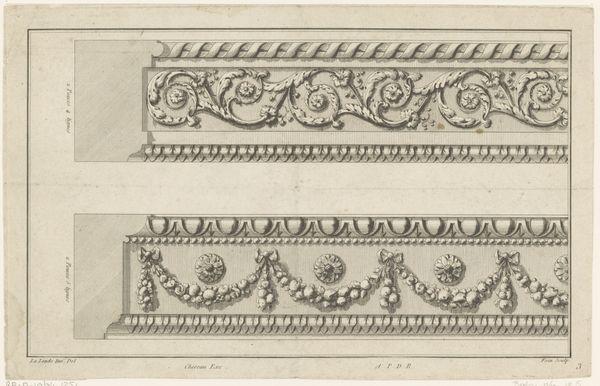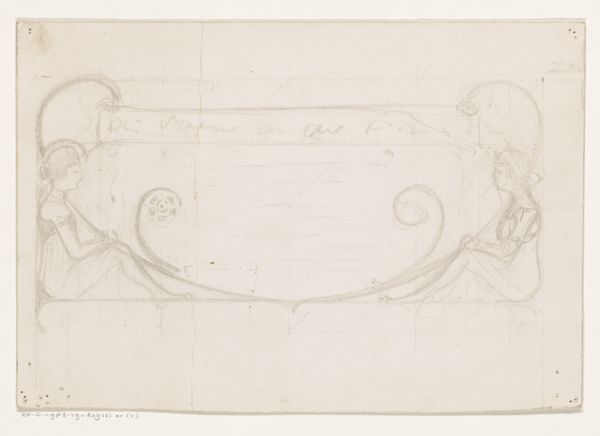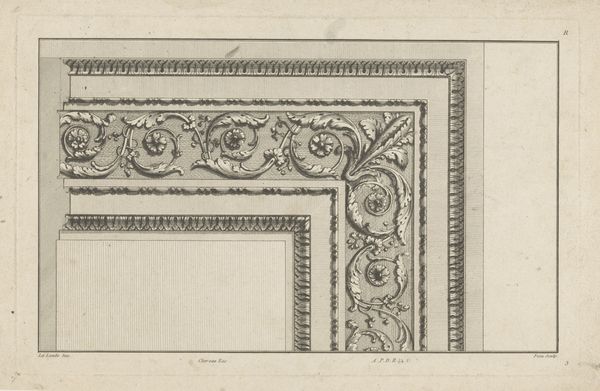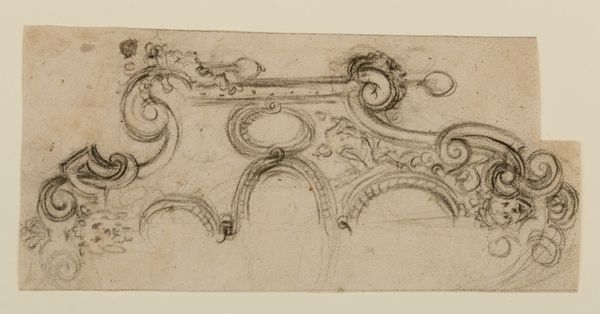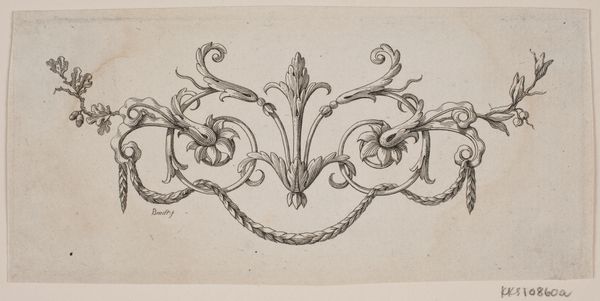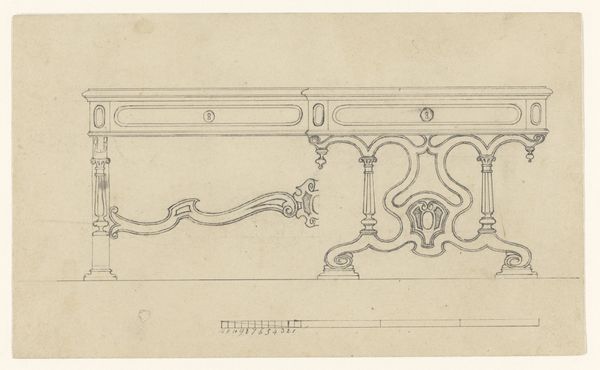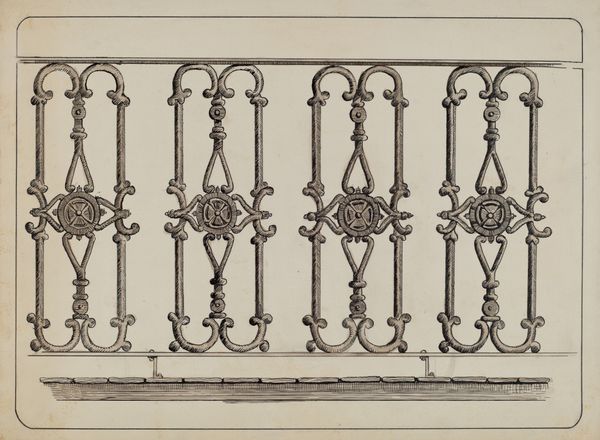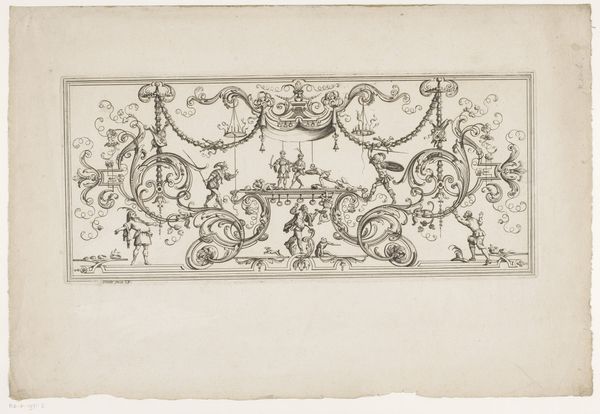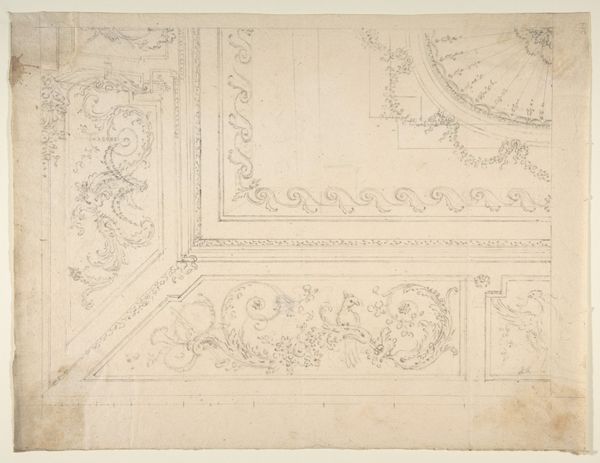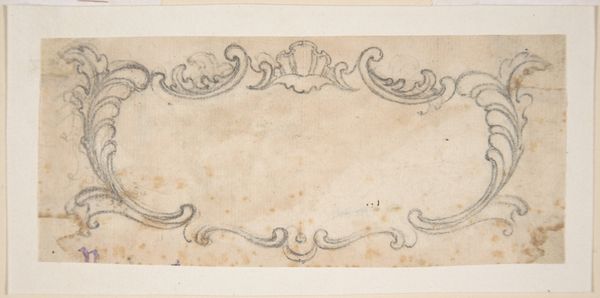
Ontwerp voor een tafel, met een gecombineerd voor- en zijaanzicht c. 1865 - 1870
0:00
0:00
drawing, paper, pencil
#
drawing
#
aged paper
#
light pencil work
#
ink paper printed
#
old engraving style
#
paper
#
form
#
personal sketchbook
#
ink drawing experimentation
#
geometric
#
pen-ink sketch
#
pencil
#
ink colored
#
line
#
sketchbook drawing
#
sketchbook art
Dimensions: height 186 mm, width 291 mm
Copyright: Rijks Museum: Open Domain
Editor: Here we have "Ontwerp voor een tafel, met een gecombineerd voor- en zijaanzicht," a design for a table with combined front and side views, created around 1865-1870 by Joseph Kusterer, using pencil and ink on paper. It looks like a preparatory sketch for a rather ornate table. What catches your eye about it? Curator: What intrigues me is considering its context: mid-19th century Europe. This table isn’t just a piece of furniture, it reflects broader societal trends. What do you think someone commissioning such a table at that time might be trying to communicate? Editor: Perhaps wealth or status? That level of detail seems expensive and time-consuming. Curator: Precisely! Think about the rising middle class during the Industrial Revolution. They sought ways to display their newfound prosperity and emulate the aristocracy. Objects like these tables, meticulously designed and crafted, served as symbols of social aspiration. How does that knowledge impact how you see the artwork now? Editor: It makes me think about the democratization of design. Today, something like this might be mass-produced, whereas back then, it represented bespoke craftsmanship. It wasn’t just a table; it was a statement. Curator: Exactly. The design reflects prevailing tastes and ideologies and became objects to show cultural capital. The question for today's viewers is what type of message they see within those period tastes. Editor: It's fascinating to see how even a simple table design can reveal so much about the values of a particular era. Curator: And how it also speaks to how tastes, power and money influence art. Food for thought indeed.
Comments
No comments
Be the first to comment and join the conversation on the ultimate creative platform.

